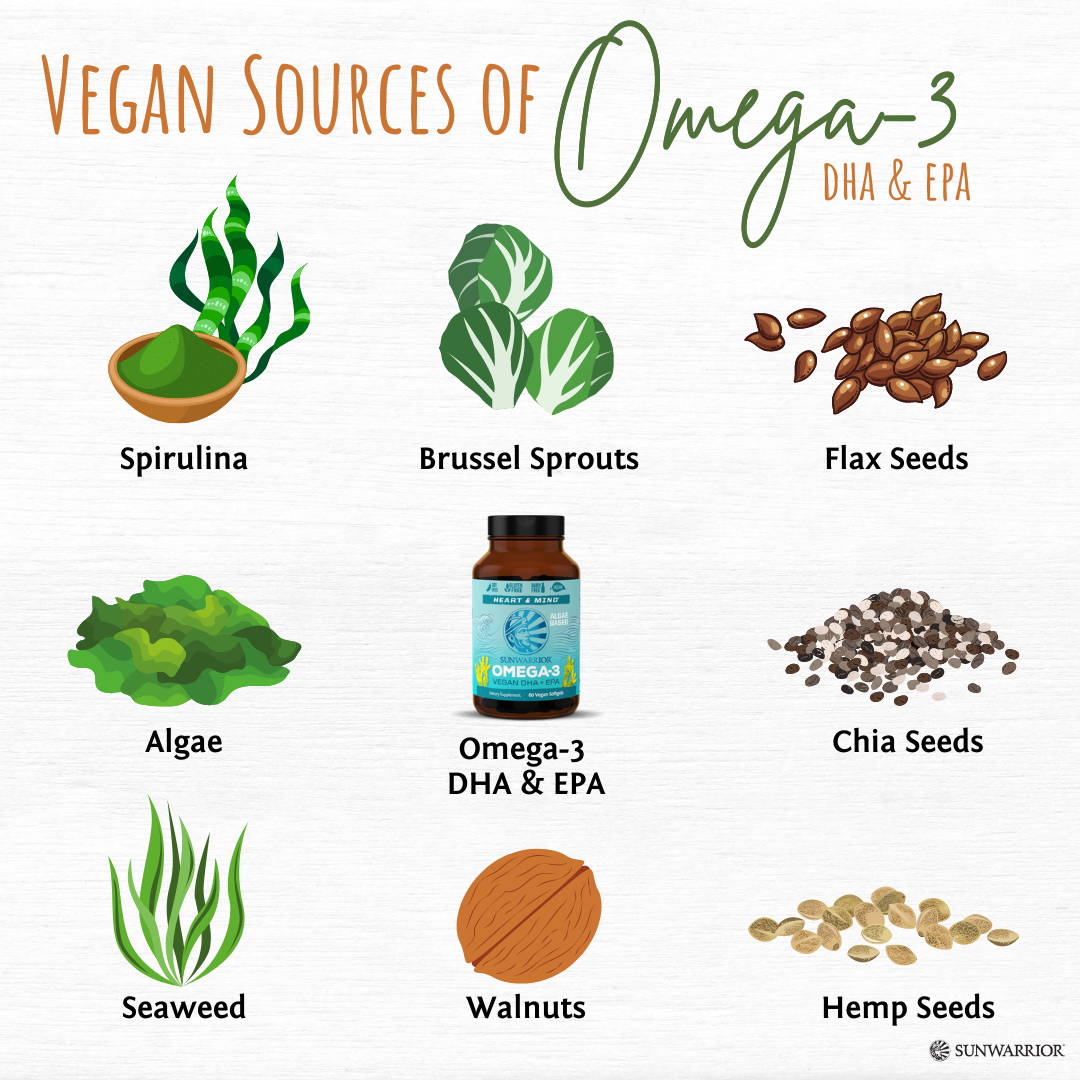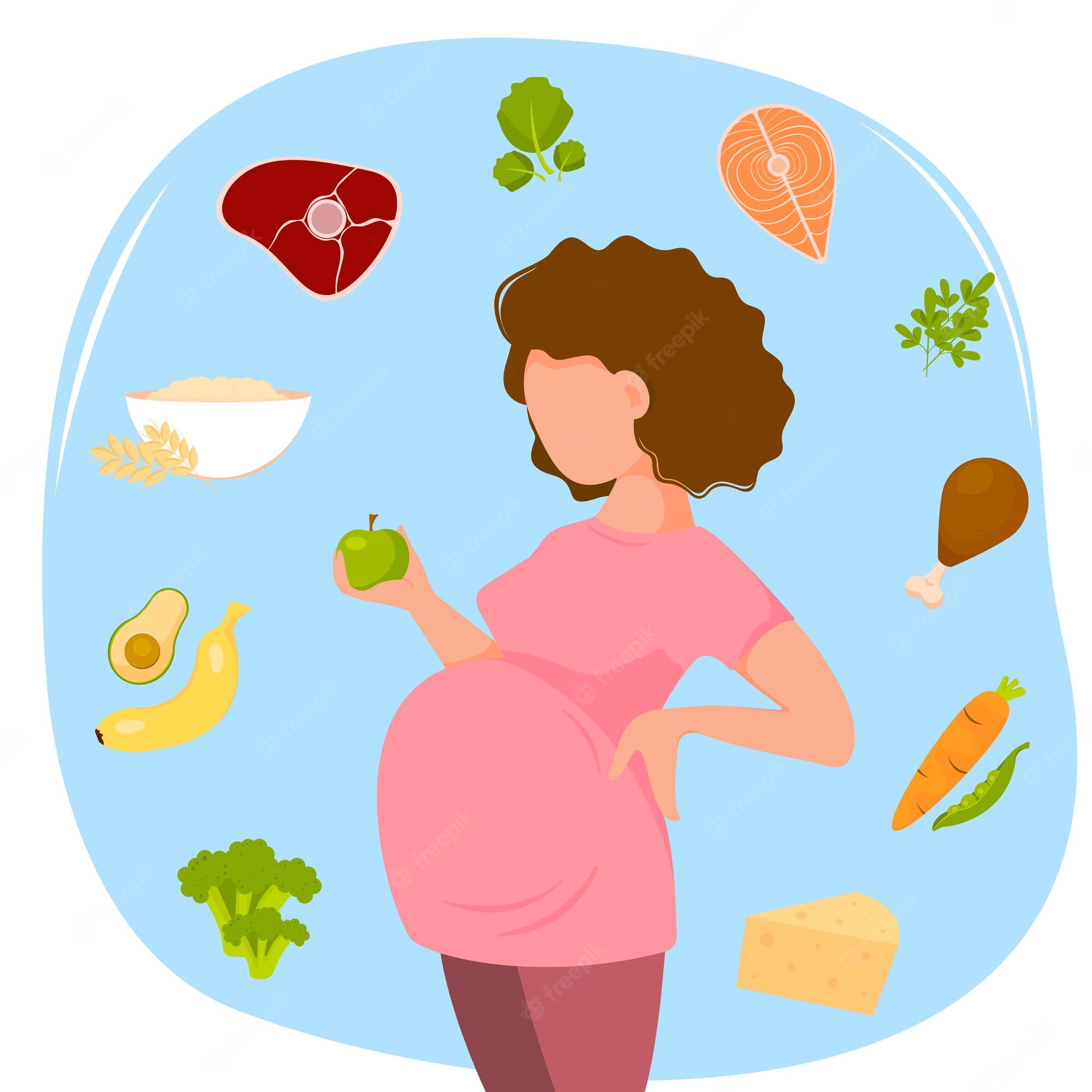
Vegetarians' stroke risk has been making headlines across the world since a new report found that vegetarians had a 20% increased risk of a heart attack compared to meat eaters. There is no reason to panic.
Vegetarianism is a practice that involves eating a diet free of all foods containing fish, meat or poultry.
Non-meat dietary patterns have gained in popularity during the past 20 years and are considered to be healthier compared to traditional Western diets. The non-meat diet is also healthier and more environmentally friendly. It has been linked to a lower risk of heart disease and cancer.
In a recent British Medical Journal study, it was found that vegetarians might be at greater risk of stroke. This is because they are more likely to cut down on their dietary intake of protein-rich meat and dairy products.

Research Checks analyzes new studies published and their portrayal in the media. They ensure that these are accurate, reliable and reputable.
The study is based off the results of EPIC-Oxford, a large and long-term observational research study. Researchers analyzed this database in order to determine the correlation between dietary practices and incident ischaemic stroke and heart disease.
They found that, over the course a decade of vegetarians having ten less cases of heart disease ischaemic than meat eaters. However, there were three more cases stroke.
The EPIC-Oxford Study, which followed 48,118 participants for 18 years, has revealed these findings. During that time they experienced 2,820 heart attacks and 1,072 coronary events.
Vegetarians have a 22% reduced risk of coronary disease compared to meat-eaters. However, they also have a 20% increased risk of stroke. This was due to a higher risk of hemorrhagic brain bleeding, which causes strokes.

It is a rare stroke type, and the risk for hemorrhagic ischemic stroke among vegetarians was just 0.00032 per year. This is much lower than the risk of 0.00039 per individual-year seen in meat eaters.
Vandana Sheth RDN CDS says that in order to reduce your risk of stroke you need a healthy vegetarian diet. This includes foods such as whole grains and fruits and vegetables.
A diet based on plants may also include foods high in vitamin B12 (a B-vitamin that helps maintain normal function of blood vessels and repairs damage from ageing). Sheth suggests eating a healthy diet with low saturated fats and high fibre.
Vegetarian diet and stroke risks
Eliminating fatty meats, processed meats and red meat is good for the heart and associated with reduced heart disease risk. In fact, vegetarianism can reduce cholesterol and lower the risk of certain types cancer. It can also improve your immune system and prevent some mental health problems. You can also reduce your risk of diabetes and obesity - both major heart disease risk factors - by taking this supplement.
FAQ
How can I get enough vitamins
The majority of your daily nutritional needs can be met solely through diet. Supplements may be necessary if you are not getting enough of a particular vitamin. A multivitamin supplement can provide all the vitamins you require. You can also buy individual vitamins in your local drugstore.
Talk to your doctor to find out which foods are rich in vitamins. Dark green leafy vegetables like spinach, broccoli and kale, as well as turnip greens and mustard greens such as turnip and mustard greens and bok choy, are rich in vitamins K & E.
Ask your doctor if you're not sure how many vitamins you should take. The doctor will determine the proper dosage based upon your medical history as well as your current health.
What's the best diet?
Many factors influence which diet is best for you. These include your gender, age and weight. Consider how much energy and low-calorie foods you consume, as well as whether or not you are a fan of fruits and vegetables.
If you are trying to lose weight, then you may want to try intermittent fasting. Intermittent fasting involves consuming only specific meals throughout the day, rather than having three large meals. You might find this way to be more beneficial than traditional diets, which have daily calorie counts.
Some studies have suggested that intermittent fasting might improve insulin sensitivity. It may also reduce inflammation. This can lead to a reduction in blood sugar levels, and less risk of developing type 2 diabetes. Other studies suggest that intermittent fasting could promote fat reduction and improve overall body structure.
What is the ideal weight for my height? BMI calculator & chart
To determine how much weight loss you need, a BMI calculator is your best friend. Healthy BMI ranges between 18.5 to 24.9. You should lose about 10 pounds each month if you are trying to lose weight. Simply enter your height, weight and desired BMI into the BMI calculator to calculate it.
To see if you're overweight or obese, check out this BMI chart.
What is the difference among a virus or bacterium and what are their differences?
A virus, a microscopic organism that can not reproduce outside of its host cells, is called a virus. A bacterium (or single-celled organism) reproduces by splitting itself into two. Viruses are small, around 20 nanometers in size. Bacteria are much larger, at 1 micron.
Viruses are usually spread through contact with infected bodily fluids, including saliva, urine, semen, vaginal secretions, pus, and feces. Bacteria can be spread by direct contact with infected objects and surfaces.
Viral infections may enter the body through cuts, scrapes. bites and other skin breaks. They can also penetrate the nose, lips, eyes and ears, vagina,rectum, or anus.
Bacteria can be introduced to our bodies by cuts, scrapes or burns. They can also be introduced to our bodies by food, water and soil.
Both bacteria and viruses can cause illness. But viruses can't multiply within their host. Viral infections can only cause diseases in living cells.
Bacteria can multiply within their hosts and cause illness. They can infiltrate other parts of the body. We need antibiotics to get rid of them.
Statistics
- The Dietary Guidelines for Americans recommend keeping added sugar intake below 10% of your daily calorie intake, while the World Health Organization recommends slashing added sugars to 5% or less of your daily calories for optimal health (59Trusted (healthline.com)
- This article received 11 testimonials and 86% of readers who voted found it helpful, earning it our reader-approved status. (wikihow.com)
- nutrients.[17]X Research sourceWhole grains to try include: 100% whole wheat pasta and bread, brown rice, whole grain oats, farro, millet, quinoa, and barley. (wikihow.com)
- WHO recommends reducing saturated fats to less than 10% of total energy intake; reducing trans-fats to less than 1% of total energy intake; and replacing both saturated fats and trans-fats to unsaturated fats. (who.int)
External Links
How To
How to live a healthy lifestyle
Healthy lifestyle means you can maintain your weight, health, and fitness. Healthy living means eating right, exercising regularly, getting enough rest, and staying away from harmful substances like alcohol, tobacco, cocaine, and drugs. A healthy lifestyle helps you stay fit and feel good about yourself. In addition, a healthy lifestyle reduces your risk of chronic diseases like heart disease, stroke, diabetes, cancer, osteoporosis, arthritis and many others.
The main goal of this project was to provide a step-by-step guide on how to live a healthier life. The introduction was the first section of the project. It explains the importance of a healthy lifestyle, how it can be achieved, and who you are. The body paragraphs are a collection of tips on how to live a healthy life. Finally, I wrote my conclusion. It summarizes the entire article and gives additional resources if required.
I was able to learn how concisely and clearly I could write my paragraphs through this assignment. I also learned how to organize my ideas into topic sentences, and the supporting details. Furthermore, I was able to improve my research skills by being able to identify specific sources and correctly cite them. Finally, I learned proper grammar and writing skills.